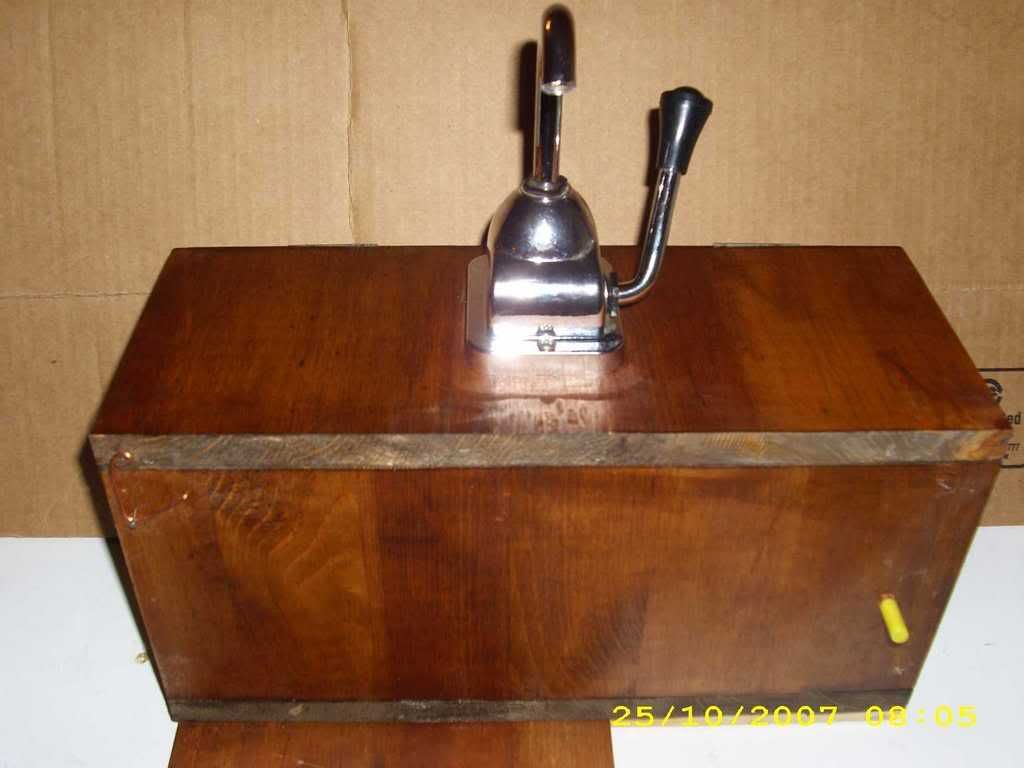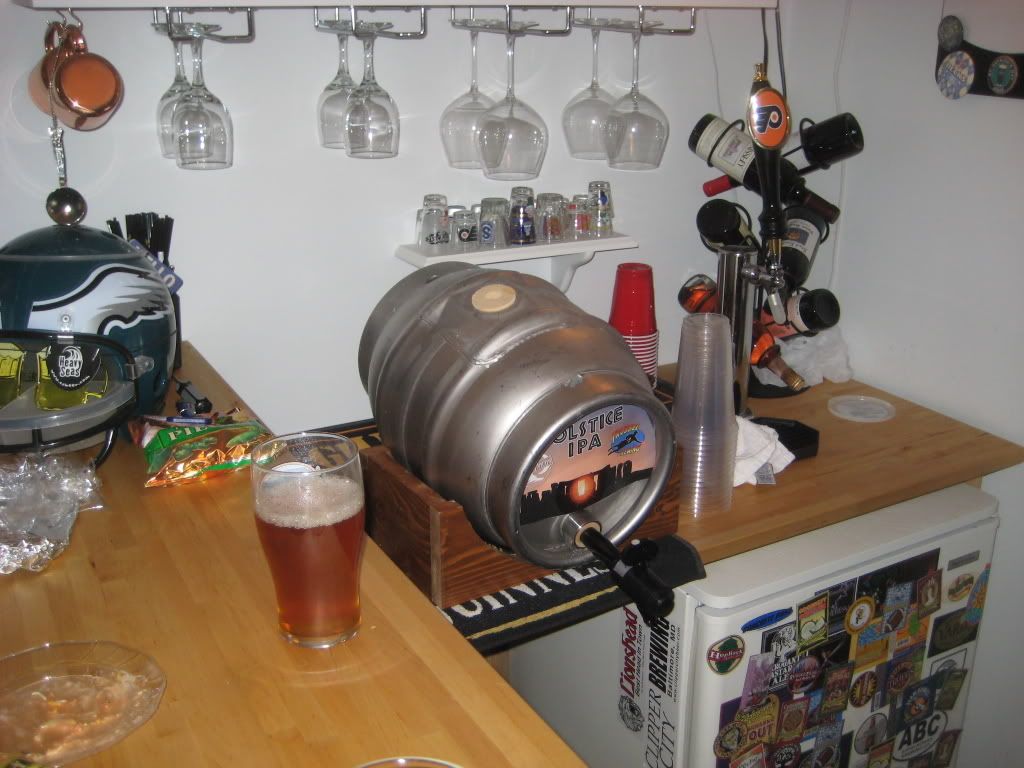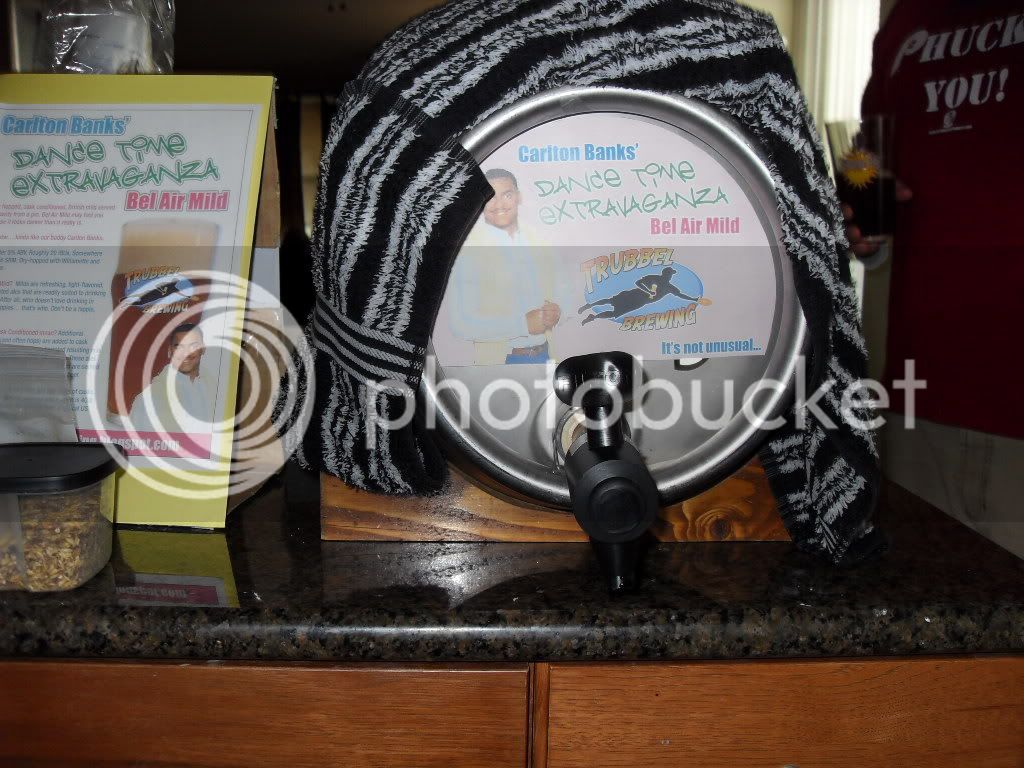BioBeing
Well-Known Member
How does one go about it? The wiki doesn't say, and a quick search didn't turn up any threads.
I have a bitter (this one) that is tasting very yummy at 4 days in the primary (gravity is currently 1.016). I'd like to serve it direct from a cask - but what do I need? A cask (where can I get a 5 gal cask?). A cellar at 55F (or a fridge I guess)? At what point do I put it in the cask, and how long does it stay there for before it is ready to drink?
Anyone done this?
Cheers!
I have a bitter (this one) that is tasting very yummy at 4 days in the primary (gravity is currently 1.016). I'd like to serve it direct from a cask - but what do I need? A cask (where can I get a 5 gal cask?). A cellar at 55F (or a fridge I guess)? At what point do I put it in the cask, and how long does it stay there for before it is ready to drink?
Anyone done this?
Cheers!










